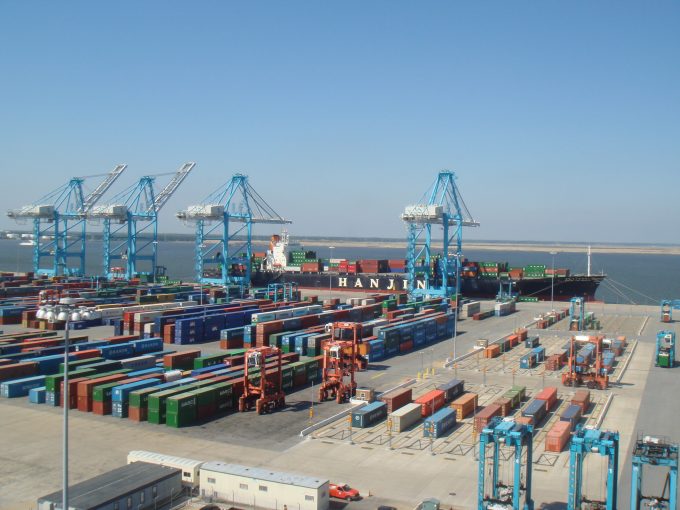East-west rates diverge as transpac spots hold while Asia-Europe keeps falling
Container spot freight rates on the main east-west trades diverged this week after a series ...

Container imports last month at the 10 largest US box terminals increased by 6.6% year on year to 1.65m teu.
According to Blue Alpha Capital, this follows a 4.7% uplift in imports in March and a 2.3% increase over the past three months.
However, April was very much a tale of two coasts, as east coast and Gulf port imports soared 11.5%, to 779,711 teu, while west coast numbers were up a more modest 2.6%, to 871,980 teu.
The New York-based consultancy’s founder, ...
'Disastrous' DSV-Schenker merger would 'disrupt European haulage market'
New senior management for DSV as it readies for DB Schenker takeover
Volumes set to 'fall off a cliff' as US firms hit the brakes on sourcing and bookings
Asian exporters scramble for ships and boxes to beat 90-day tariff pause
Amazon pushes into LTL for small package fulfilment and UPS does a u-turn
Temporary tariff relief brings on early transpacific peak season
Pre-tariff rush of goods from US to China sees air rates soar, but not for long
Forwarders 'allowing the fox into the chicken run' by supporting 'hungry' carriers

Comment on this article